european space agency
Latest
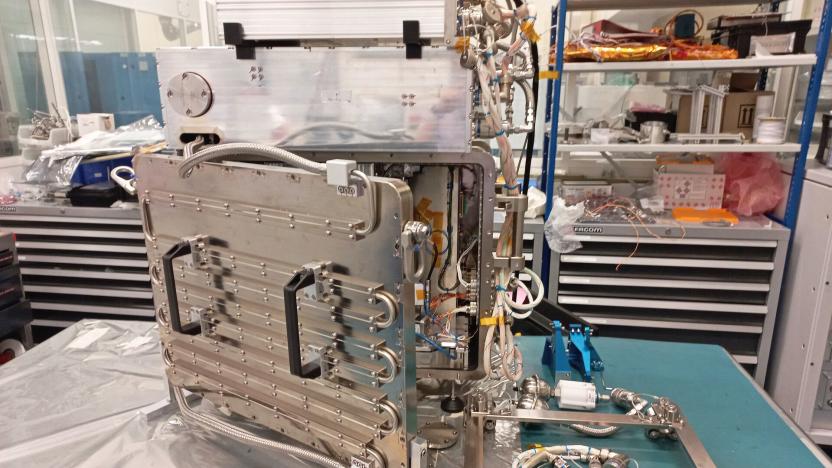
The European Space Agency will test 3D printing metal on the ISS
A metal 3D printer will soon be used on the International Space Station. All going well, 3D-printed metal parts could eventually help with the construction of a base on the Moon.
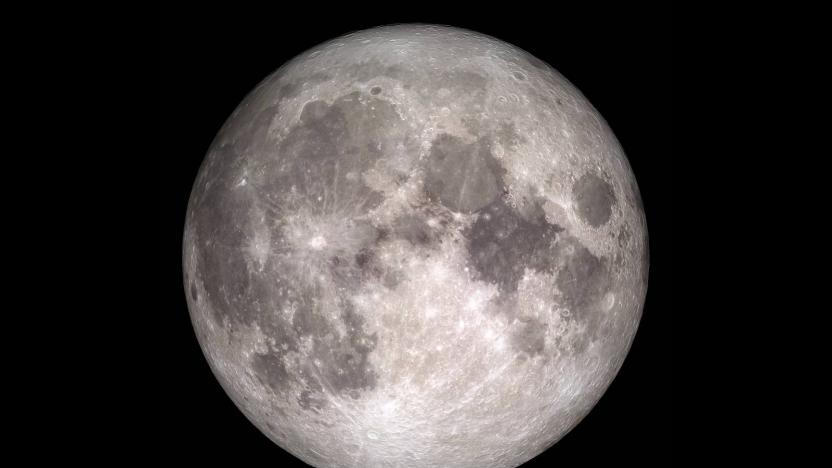
Space organizations want the moon to have its own time zone
A joint international effort is now being launched towards establishing a standard time for the moon.

James Webb telescope captures a Milky Way-like galaxy a billion light-years away
The European Space Agency released an image of a Milky Way-like galaxy from one billion light years away.
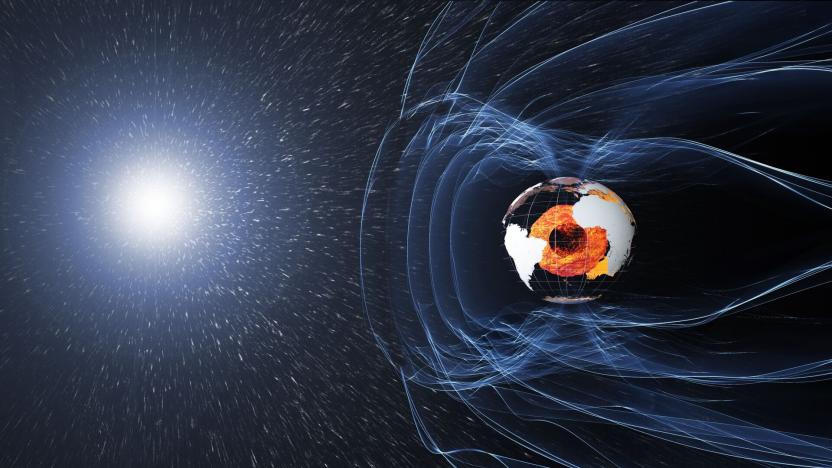
Listen to the eerie sounds of a solar storm hitting the Earth's magnetic field
Scientists converted data from the ESA's three Swarm satellites into ethereal audio.
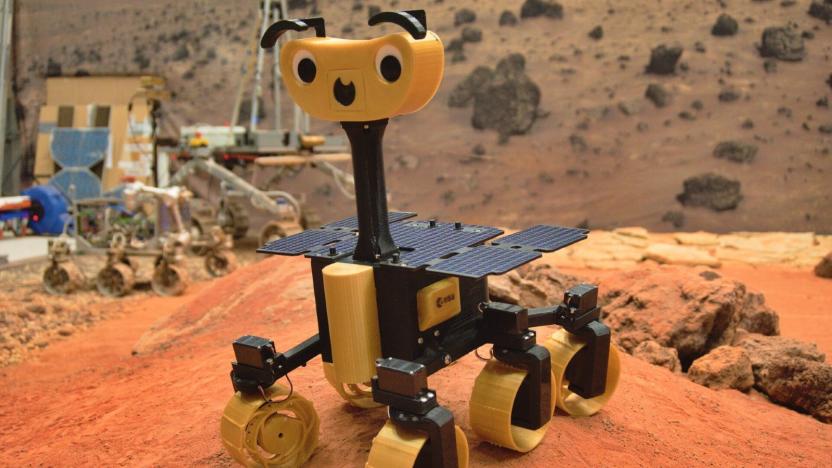
The ExoMy is a programmable $600 Mars rover you can build yourself
From Sojourner to the much bigger Curiosity, robotic rovers tend to come in all shapes and sizes, but few will go down as adorable as the European Space Agency’s new ExoMy rover.

Scientists confirm that plasma ‘sloshes’ around in galaxy clusters
For the first time, scientists have observed signs of plasma "flowing, splashing and sloshing" in a galaxy cluster. This kind of motion has been predicted, but it was only theoretical. Now, with data on how the plasma moves, researchers hope to discover how galaxy clusters, the largest systems in the Universe, form, evolve and behave. Their findings have been published in the journal Astronomy & Astrophysics.

Second failure of ExoMars parachute test throws schedule in jeopardy
A joint mission between the European and Russian space agencies to deliver a rover to Mars is facing another setback. The European Space Agency (ESA) confirmed that parachutes for the ExoMars lander mission failed a second test that was conducted last week. A similar trial conducted back in May on the same parachutes also ended up malfunctioning. Scientists observed damages in the canopy in both cases.

European astronauts plan to take pics of a comet from the dawn of time
The European Space Agency (ESA) hopes to photograph a yet-to-be-discovered comet as it approaches Earth's orbit for the first time. To do so, it's developing "Comet Interceptor," a composite made of three individual spacecraft, which will separate to snap photos of the comet from multiple perspectives. The photos will be used to create a 3D model, and ESA hopes to spot material from the dawn of the Solar System.
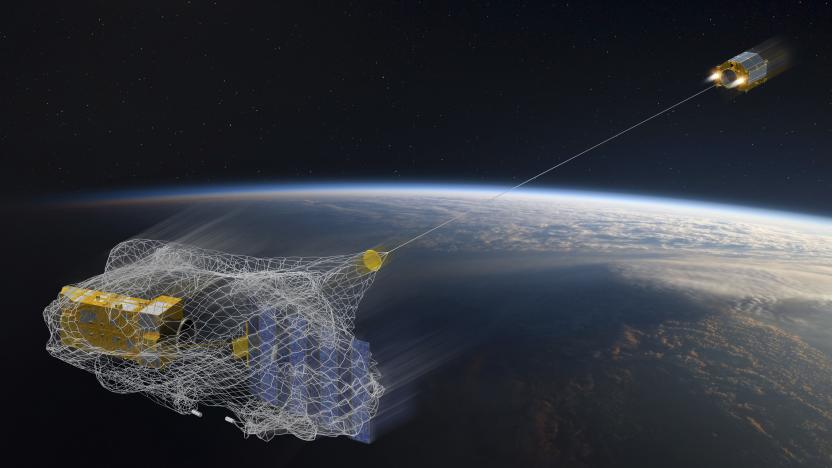
The robots that will sweep Earth's skies
After six years in space, China's first orbital station, the Tiangong-1 (aka the "Heavenly Palace") has finally outlived its operational limits and begun its descent to Earth. It's expected to re-enter the atmosphere in a few months, whereupon a majority of the 9.3-ton station should burn up before reaching the surface. This is how defunct satellites are supposed to be disposed of. Unfortunately, until very recently, that hasn't often been the case.
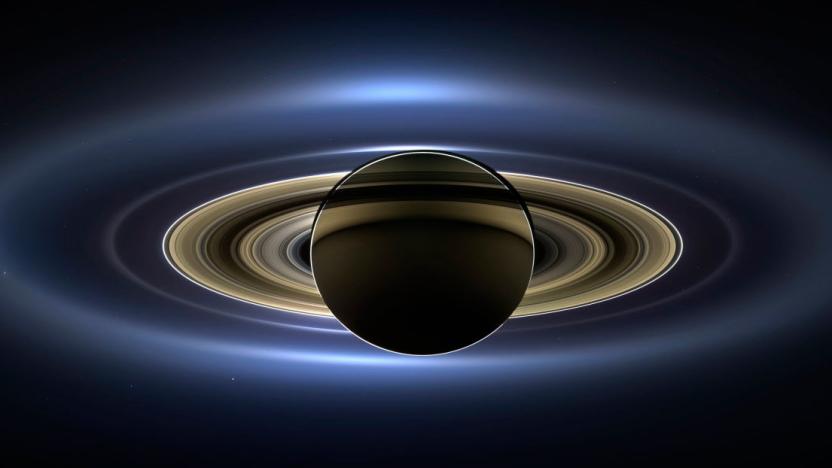
A lawsuit almost stalled NASA's Cassini mission
Capt. Scott Kelly wasn't kidding when he famously quipped that "space is hard." Even getting to the launch pad can prove to be a daunting challenge. Take the Cassini mission to study Saturn, for example. Despite an investment of $3.4 billion and nearly a decade of development, Cassini wound up being very nearly scuttled at the last minute by protesters who thought they knew better than a federal agency that has put multiple men on the moon. Geez guys, it was just 73 pounds of plutonium riding aboard that Saturn orbiter -- it wouldn't have caused that much damage had something gone horribly wrong at launch.
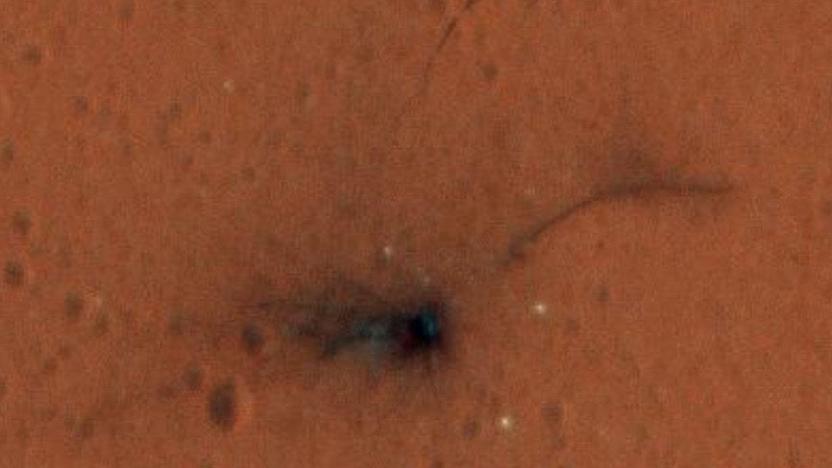
ESA releases first color photos of the EXOMARS crash site
The ESA's EXOMARS Schiaparelli lander crashed into the Red Planet's crust at more than 300 kph on October 19th, marking not only the end of its mission but also the surface itself. NASA's Mars Reconnaissance Orbiter (MRO) spotted the impact site quickly afterward but it wasn't until this week that its orbit brought the MRO back around. Using its High Resolution Imaging Science Experiment (HiRISE) camera, the MRO snapped the shot you see above.
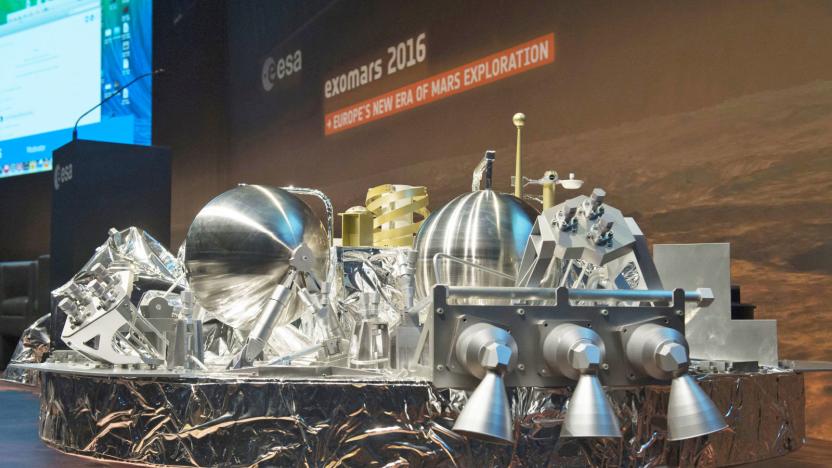
The ESA's ExoMars mission looks like a success so far (Updated)
After a seven-month trip, the European Space Agency announced on Wednesday that its Schiaparelli module, ExoMars mission's landing craft, has deployed to the surface of Mars. The module jettisoned itself from its partner craft, the Trace Gas Orbiter, at approximately 10am ET and set down to the planet shortly thereafter. ESA Operations has not, however, yet confirmed that the lander survived its drop to the surface.
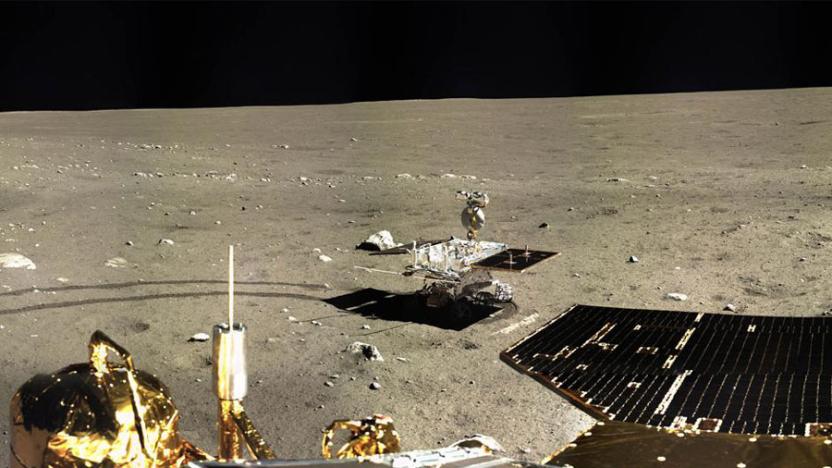
China wants to put a man on the moon by 2036
A senior Chinese official announced yet another ambitious plan for the space-faring nation at a press conference on Saturday. PLA Lt. Gen. Zhang Yulin -- who is also deputy commander of the China Manned Space Program -- told reporters that China plans to land an astronaut on the Moon by 2036. This announcement eclipses China's earlier claims that it will explore the dark side of the moon in 2018 and launch two new space stations (one this year, another in 2022). It already sent a rover to the moon in 2013. The country will reportedly use the next "15 to 20 years", according to Reuters, to build out the necessary infrastructure.

The After Math: Getting all of our ducks in a row
We're still a few years from the planets aligning again but you couldn't tell from this past week's news. People are paying zero for a weekend of PS4 multiplayers, the ESA discovered its first exoplanet with an atmosphere, Sprint's offering double the data as Verizon and this drummer has three arms. There's a pattern somewhere in there, I'm sure of it.
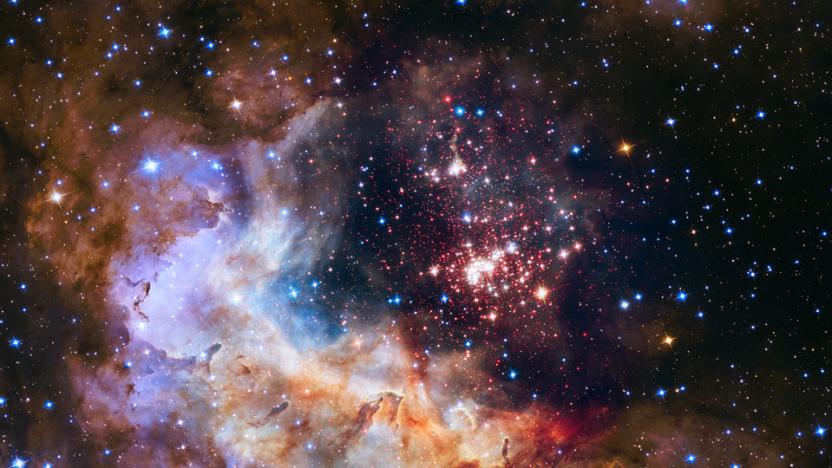
Hubble celebrates its 25th anniversary with space fireworks
To celebrate the Hubble Space Telescope's quarter century of scientific service, both NASA and the European Space Administration (ESA) have published this stunning photograph of Westerlund 2. At just 2 million years old, this 3,000-star cluster contains some of the biggest, hottest and brightest in the galaxy. The ridges and columns you see above are the result of these stars spewing out massive amounts of ultraviolet radiation that etches into the surrounding hydrogen cloud. You can see more of the Hubble's greatest shots over the last 25 years in the video after the break.
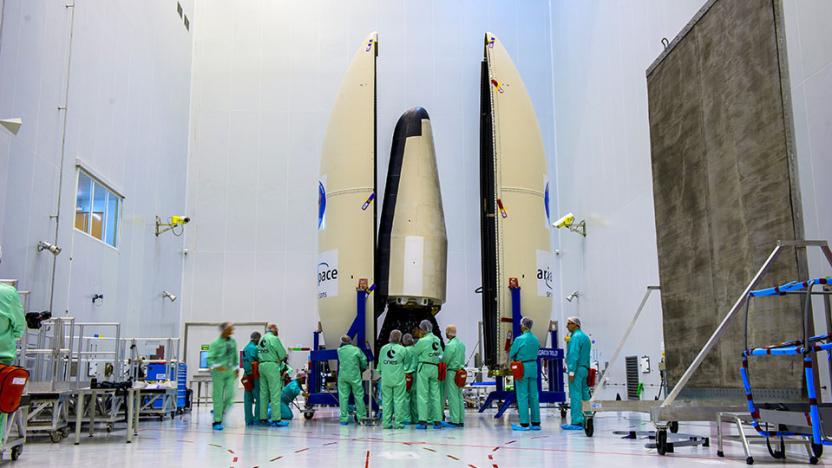
Watch the ESA launch its reusable spaceplane (update: success!)
The European Space Agency (ESA) does a fine job of launching rockets into orbit (usually), but is more clueless than its US and Russian counterparts about how to bring them back safely. That lack of savoir-faire is the reason the launch of the IXV experimental spaceplane schedule for 8AM ET today. During the one hour, forty minute mission, a Vega rocket will launch the 16-foot long, 2 ton "lifting body" spacecraft to a height of 280 miles. From there, it'll begin a rapid descent with flaps and thrusters controlling its trajectory. It'll have to re-enter at precisely the right angle to avoid burning up or missing its target, a recovery ship some 3,000 km west of the Galapagos islands.

The Big Picture: a laser-beamed satellite image of Berlin
At first glance, the satellite image above may seem like one of the many that have been shared in the past. What you're looking at, though, was delivered in a much more timely manner than the imagery which came before it. For the first time ever, the European Space Agency has used a laser to beam a photograph to Earth -- of Berlin, in this case -- stretching around 36,000 km (or roughly 22,000 miles) across space and delivering it almost in real time. The ESA was able to accomplish this by linking up its Sentinel-1 and Alphasat satellites, both of which are equipped with a laser communications system that makes it possible to deliver data at super high speeds.

Europe will make Ariane rockets more competitive with SpaceX
No, not "airline" rockets. Ariane rockets. According to The Wall Street Journal, EU ministers are finally about to approve plans for a more affordable version of the Ariane series -- the same family that launched Rosetta back in 2004. What counts as affordable when developing a rocket, is reportedly between five and six billion dollars. The European Space Agency makes no secret that its goal is to compete with commercial entities like SpaceX, which already has a program to deliver supplies (and humans) to the ISS. No surprise, given that SpaceX's very own Elon Musk already went on record saying that the current Ariane 5 rocket stands "no chance" against his competition. SpaceX doesn't need to worry just yet though, as the roadmap for Ariane 6 wouldn't see a launch until the end of the decade.
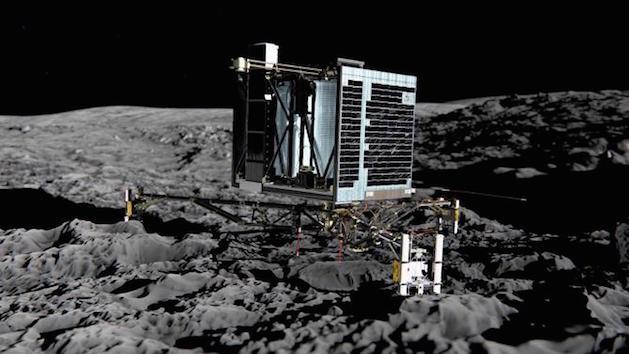
Watch the European Space Agency's comet landing live
After being launched nearly 10 years ago, the ESA's Rosetta mission is about to reach a major milestone -- and you'll be able to watch as it all unfolds. Over the next few hours, NASA will be live-streaming the mission's attempt at putting its Philae lander on comet 67P/Churyumov-Gerasimenko (say that 10 times fast). The space agency revealed this event would be happening a couple months ago, as it looks to send the 67-pound lander to drill into the comet's surface, learn more about its composition and, subsequently, send that information back to earth. It's also going to be the first time ever any images are captured from the surface of a comet, so you probably shouldn't miss that. The ESA expects the landing to take place at around 11:02AM ET tomorrow (November 12th), which means you still have plenty of time to invite friends over for a viewing party, if you're into that sort of thing.
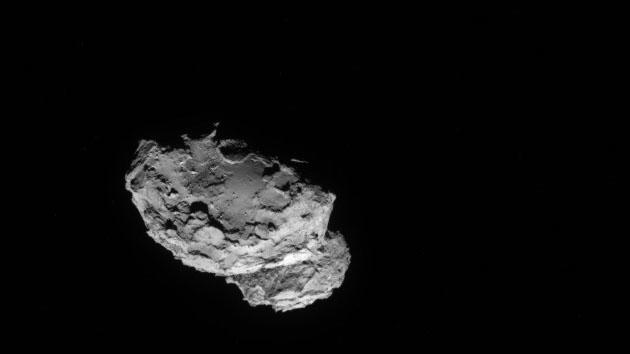
Watch the Rosetta spacecraft rendezvous with a comet starting at 4:00AM ET
After ten years in space and many complex maneuvers later, the European Space Agency's Rosetta spacecraft is finally in position to rendezvous with the 2.5-mile diameter comet 67P. Starting at 4AM EST today (8AM GMT), ESA will broadcast a live webcast discussing the science and history of Rosetta. Around 5AM EST (9AM GMT) Rosetta will begin its close approach and start transmitting the first signals from the comet's orbit. Once in position, Rosetta will execute a final "close approach trajectory insertion," a six minute thruster burn that will bring it near enough to the comet to be captured by its gravity. Later in the year, a 62-pound lander called Philae will leave the mothership and lock itself down to the comet with harpoons. Using onboard instruments, it'll examine its composition and relay the information to earth. In November, Rosetta will tag along with the comet as does a close orbit around the sun, examining how it changes when heated. Meanwhile, enjoy the show (below) as it approaches the giant rock.









